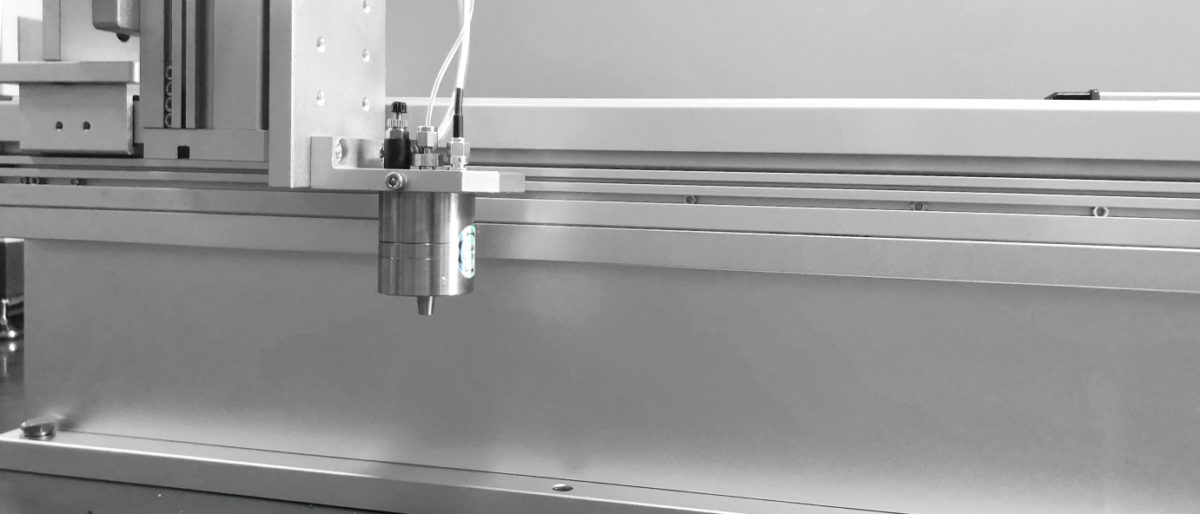Four Commonly Used Semiconductor Wafer Cleaning
As the process nodes of semiconductor integrated circuits become more and more advanced, new requirements are also put forward for several links of actual manufacturing, and the importance of the cleaning link has become increasingly prominent.
The key to cleaning is that as the feature size continues to shrink, semiconductors are becoming more and more sensitive to impurity content, and some contaminants such as particles, organics, metals, and oxides are inevitably introduced in semiconductor manufacturing. In order to reduce the impact of impurities on the chip yield, it is not only necessary to improve the single cleaning efficiency in actual production, but also to perform frequent cleaning before and after almost all processes, and the cleaning steps account for about 33% of the overall steps.
Semiconductor wafer cleaning — immersion wet cleaning tank
Wet chemical cleaning systems can be either immersion or rotary. The general equipment mainly includes a set of wet chemical cleaning tanks and corresponding water tanks, and may also be equipped with a drying device. The silicon wafer is placed in a special flower basket for cleaning and placed in the chemical tank for a specified period of time, and then taken out and placed in the corresponding water tank for washing.

Semiconductor wafer cleaning–megasonic cleaning tank
Megasonic energy is currently a very widely used cleaning method. After adding megasonic energy, the use temperature and process time of the solution can be greatly reduced, and the cleaning effect is more effective. The commonly used frequency of megasonic cleaning is 800kHz-1 MHz, and the megasonic power is 100-600W. Megasonic transducers are available in the form of flat plate, arc plate and so on. The megasonic transducer can be directly installed at the bottom of the tank body; the quartz cleaning tank can use a water bath, and the megasonic transducer is installed at the bottom of the outer tank, which can avoid the erosion of the megasonic transducer by the cleaning solution.
Semiconductor wafer cleaning — rotary spray cleaning
Rotary spray cleaning is a variation of immersion cleaning. The system generally includes an automatic liquid dispensing system, a cleaning cavity, and a waste liquid recovery system. Spray cleaning completes chemical cleaning, deionized water flushing, spin drying and other processes in a sealed working chamber at one time, reducing the impact of human operation factors in each step of the cleaning process. In spray cleaning, due to the effect of rotation and spray, the solution on the surface of the silicon wafer is more uniform, and at the same time, the solution contacting the surface of the silicon wafer is always fresh, so that the silicon wafer can be precisely controlled by setting the process time. Excellent cleaning and corrosion effect to achieve good consistency.
Semiconductor wafer cleaning — scrubber
The scrubber is mainly used for cleaning silicon wafers after polishing, which can effectively remove 1μm and larger particles on both sides of silicon wafers. Key configurations include dedicated scrubbers, optimized chemical cleaning fluids and ultrapure water or IPA. Under hydrodynamic conditions, the particles are driven out by a rotating sponge-like brush.
